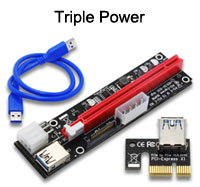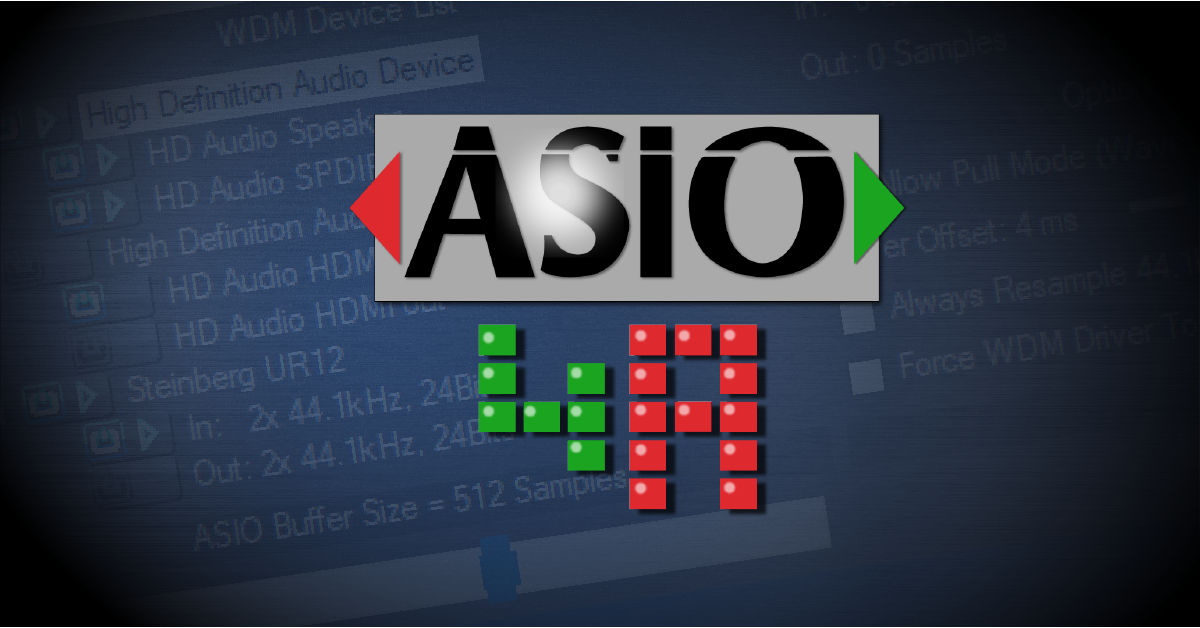Drivers Lite-on Sound Cards & Media Devices
Missing sound card section. If you are missing the Sound, video and game controllers category in Device Manager, your sound card drivers may not be installed properly. Your sound card may also be disabled, malfunctioning, or unavailable. First, verify no conflicts or other devices are present in the Device Manager.
Drivers Liteon Sound Cards & Media Devices List
Confirmation of Privacy PolicyPlease note that some functions of this website require you to agree to the terms and conditions that are outlined in our privacy policy. Until then, this message will be displayed from time to time. With your consent, you also agree to the use of cookies. Additionally, by using this website, you accept that non-personalized log and tracking information from accessing our website can be saved and processed according to our privacy policy. |
- Welcome to Creative, the worldwide leader in digital entertainment and famous for its Sound Blaster sound cards, Speakers and more.
- The ASUS Xonar DSX 7.1 PCI Express gaming audio card comes in as a centerpiece of home entertainment, turning your PC into a sound powerhouse with DTS® Connect technology, 7.1-channel surround, and even DIY operational amps for that personal touch.

4-in/4-out PCI Audio Interface with Swappable I/O Socket
Juli@ features highest quality 24-bit 192Khz ADC (114dB) and DAC (112dB) for the best quality audio.
The unique swappable I/O socket allows you to choose your analog connectors between unbalanced RCA jacks and balanced TRS jacks.
You don't have to configure your studio to Juli@, you can configure Juli@ to your studio. Juli@'s EWDM drivers provide unparalled performance and stability, and provide support for all professional audio applications using ASIO and GSIF drivers.
With the powerful EWDM drivers and MIDI I/O Juli@ is perfect for post-production studios, one man bands and use with mixers and you can monitor the inputs and outputs directly through the digital mixer.
Juli@'s optical and digital outputs allow AC3/DTS pass through for Dolby Digital and DTS surround sound playback. Please note that this is the PCI version, we also offer a PCIe version called Juli@ XTe.
|
|
|
|
|
Features
- 2 analog input channels, 2 analog output channels
- 24-bit/192kHz AD converter with 114dB(a) dynamic range
- 24-bit/192kHz DA converter with 112dB(a) dynamic range
- swappable socket (Unbalanced RCA with -10dBv or Balanced TRS with +4dBu )
- coaxial S/PDIF digital input
- synchronisation to digital S/PDIF input signals
- optical S/PDIF digital output with automatic shutter (max. 96kHz specified)
- coaxial S/PDIF digital output (max. 192kHz)
- 1 MIDI input (16 channels) / 1 MIDI output (16 channels)
- support for DirectWIRE 3.0
- 4 inputs and 4 outputs can be used with 24bit/192kHz simultaneously (incl. MIDI I/O) - full duplex
- PCI card is compatible with 3.3V and 5V PCI slots
- independent monitoring control for analog and digital input signals and playback
- EWDM driver: MME, DirectSound, ASIO 2.0 and GSIF 2.0 support
- Windows 98SE/ME/XP/2000/Vista/7/8/8.1/10 compatible
- compatible with Mac OS X 10.1 and newer (Power Mac G4/G5)
- Linux compatible (ALSA)
Reviews and Testimonials

Here are selected reviews of Juli@:
Germany's stereoplay issue July 2006 contains a review of Juli@ in the HiFi & PC section: 'In conclusion, Juli@ comes very close to the analog standard of vividness, image and warmth.' - verdict: stereoplay Highlight |
The January 2005 issue of Sound on Sound features a review of Juli@ by Martin Walker: 'ESI's Juli@ is a versatile soundcard thanks to its swappable I/O and extensive driver support, it sounds good, and is good value for money.' - check the full review here. |
Popular UK online magazine Dancetech had a detailed look on Juli@ and mentioned:'So, a great little audio card!' / 'a real winner all round!' - read the full review here also check their video review! |

In September 2004 the team of iXBT checked our Juli@ in detail: 'Taking into account its price and professional orientation, we found no drawbacks in this card.' - read the full review here. In the conclusion, we received their 'Original Design' award! |
If you are interested in adding a review to this list, do not hesitate and contact us.
Using a computer in a home theater system can be a pain when it comes to audio. Computers usually output audio through numerous connections, none of which are connections commonly used by home theater systems. This means a chain of wires and adapters is required.
But now HDMI allows users to bundle audio and video and send it all through a single cable. This greatly reduces the headache of connecting a PC to a home theater. So what do you need to use HDMI with your PC?
Video Killed the Audio Card
Surprisingly, the best way to transfer audio from a PC via HDMI is using your video card. As mentioned, HDMI is a combined standard for both audio and video. Recent video cards have taken advantage of this fact.
The video cards which support PC audio over HDMI include ATI Radeon cards of the 3000 series or newer and Nvidia cards of the 9000 series or newer. The ATI cards are the easiest to use. Simply install the card and the drivers and the audio works. The Nvidia cards require that an internal SDPIF connection be made between your PC's sound card or motherboard and the Nvidia video card.
Making the Connection
Not all video cards which support PC audio over HDMI ship with HDMI outputs. They ship instead with DVI, which is common on computer monitors.
These video cards still support audio over HDMI, but a DVI-to-HDMI adapter must be used to enable the audio. Connecting to your home theater via DVI will not enable audio. Most video cards which have only DVI outputs ship with DVI-to-HDMI adapters.
Solving Driver Issues
Although it would be great if computers just worked, they often don't. The audio drivers for the video card outputting audio over HDMI can sometimes conflict with your existing audio drivers.
To solve this problem you need to disable your old audio drivers and enable the new ones. Go to your Windows Control Panel and then open sound properties. You will find a list of audio outputs available. Select the HDMI output and right-click to open a menu. Click disable. Then right-click the HDMI output and make sure it is enabled. You may also need to reboot your computer.
Enjoy HDMI
Drivers Liteon Sound Cards & Media Devices -
Once you have HDMI operating on your PC you'll never want to go back to using separate audio and video connections. The quality is superb and having only a single wire connecting your PC and your home theater reduces confusion. Enjoy your new, less cluttered home theater!
